1
Chae
C. J.,
((2016),), ŌĆ£"A Study on Dynamic Positioning System IMO class upgrade requirements",.ŌĆØ Journal of Korean Navigation and Port Research, Vol. Vol. 39,, No. No. 3,, pp. pp. 103-110.
2
Fossen
T. I.,
((1994),), ŌĆ£Guidance and control of ocean vehiclesŌĆØ,. John Wiley & Sons Inc.
3
G. N.
Robert,
,
R.
Sutton,
,
A.
Zirilli,
and
and A.
Tiano,
((2003),), ŌĆ£ŌĆ£Intelligent ship autopilots-A historical perspectiveŌĆØ,.ŌĆØ Mechatronics, Vol. Vol. 13,, No. No. 10,, pp. pp. 1091-1103.
4
G. N.
Roberts,
((2008),), ŌĆ£ŌĆ£Trends in marine control systemsŌĆØ,.ŌĆØ Annual Reviews in Control, Vol. Vol. 3,, No. No.2,
, pp. pp. 263-269.
5
Giorgio
Bartolini,
,
Elisabetta
Punta,
and
and Tullio
Zolezzi,
((2009),), ŌĆ£ŌĆ£Simplex sliding Mode Control of Multi-Input Systems with Chattering Reduction and Mono-DirectionalŌĆØ.ŌĆØ Actuators, Vol. Vol. 47,, No. No. 11,
, pp. pp. 2433-2437.
6 Hshem Ashrafiuon, Member, IEEE, Kenneth R. Muske, Member, IEEE, Lucas C. McNinch, Member IEEE, and Reza A. Soltan, Member, IEEE((2008),), ŌĆ£ŌĆ£Sliding-Mode tracking Control of surface VesselsŌĆØ,.ŌĆØ Transaction On Industrial Electronic IEEE, Vol. Vol, 55,, No. No. 11,
, pp. pp.556-561.
7
Jun
Wu,
,
Hui
Peng,
,
Kohei
Ohstu,
,
Genshiro
Kitagawa,
and
and Tohru
Itoh,
((2012),), ŌĆ£ŌĆ£Ship's tracking control based on nonlinear time series modelŌĆØ,.ŌĆØ Applied Ocean Research, Vol. Vol. 36,, pp. pp. 1-11.
8
J
Cheng,
,
J
Yi,
and
and D
Zhao,
((2007),), ŌĆ£ŌĆ£Design of a sliding mode controller for trajectory tracking problem of marine vesselsŌĆØ,.ŌĆØ Control Theory & Application IET, Vol. Vol. 1,, No. No. 1,
, pp. pp. 233-237.
9
J.
Koshkouei,
,
K. J.
Burnham,
and
and Y
Law,
((2007),), ŌĆ£ŌĆ£A comparative study between sliding mode and proportional integrative derivative controllers for ship roll stabilizationŌĆØ,.ŌĆØ Control Theory & Application IET, Vol. Vol. 1,, No. No. 5,
, pp. pp. 1266-1275.
10
Lee
B K,
and
and Kim
J H,
((2005),), ŌĆ£"A Proposal of an LOS Guidance System of a Ship for Path FollowingŌĆØ,.ŌĆØ Journal of the Korean Society of Marine Engine, (ring), Vol. ol. 11,, No. No. 4,
, pp. pp. 363-368.

11
Lee
Y H,
and
and So
M O,
((2016),), ŌĆ£"Speed Control of Marine Gas Turbine Engine using Nonlinear PID Controller".ŌĆØ Journal of Korean Navigation and Port Research, Vol. Vol. 39,, No. No. 6,
, pp. pp. 103-110.
12
Nguyen
P H,
and
and Jung
Y C,
((2006),), ŌĆ£"Improved Adaptive Neural Network Autopilot for Track-keeping Control of Ships:Design and Simulation",.ŌĆØ Journal of Korean Navigation and Port Research, Vol. Vol. 30,, No. No. 5,
, pp. pp. 259-265.
13
S. K.
Bhattacharyya,
and
and Deepak
Kumar Gupta,
((2014),), ŌĆ£ŌĆ£Target Path Iteration method for trajectory control of shipsŌĆØ,.ŌĆØ Applied Ocean Research, Vol. Vol. 48,, pp. pp. 55-65.
14
Tayfun
Cimen,
and
and Stephen
P Banks,
((2004),), ŌĆ£ŌĆ£Nonlinear optimal tracking control with application to super-tankers for autopilot designŌĆØ,.ŌĆØ Automatia, Vol. Vol. 40,, No. No. 11,
, pp. pp. 429-443.
15
Witold
Gierusz,
,
Nguyen
Cong Vinh,
and
Andrzej
Rak,
((2007),), ŌĆ£ŌĆ£Maneuvering control and trajectory tracking of very large crude carrierŌĆØ,.ŌĆØ Ocean Engineering, Vol. Vol. 34,, No. No. 7,
, pp. pp. 932-945.
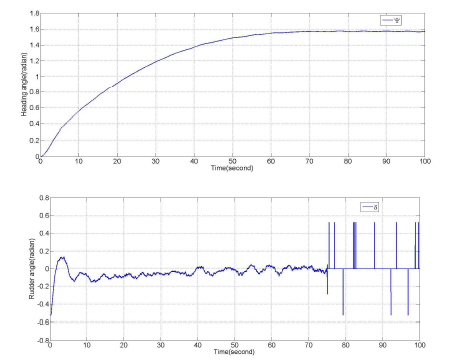
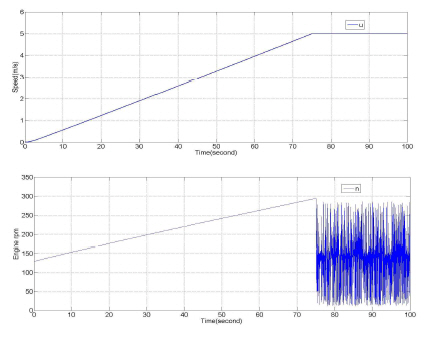




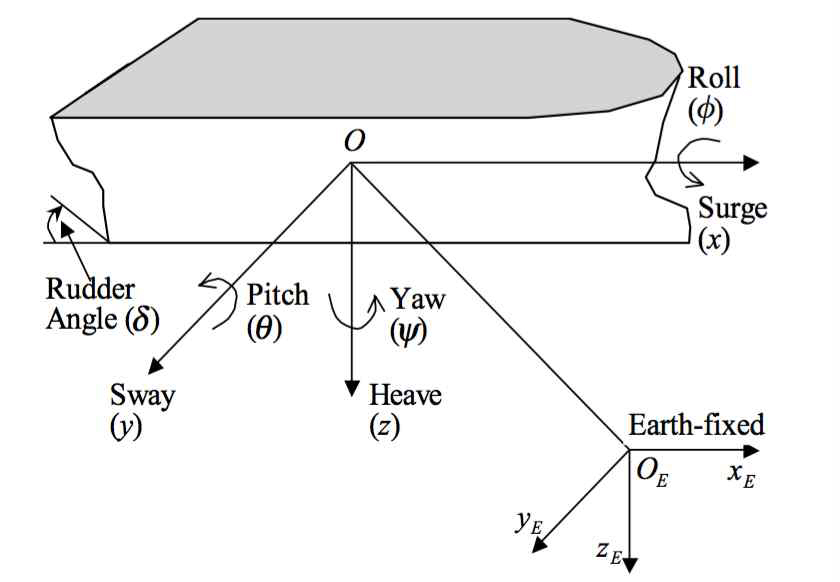
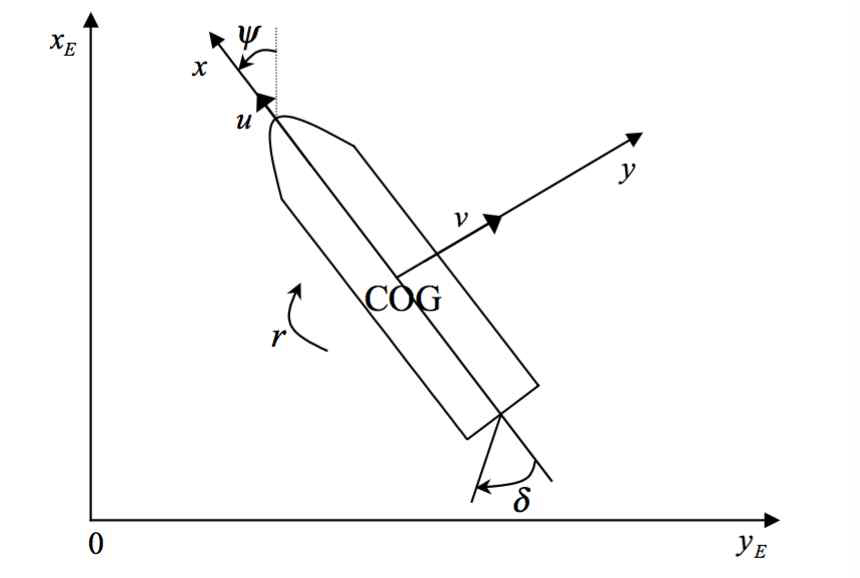
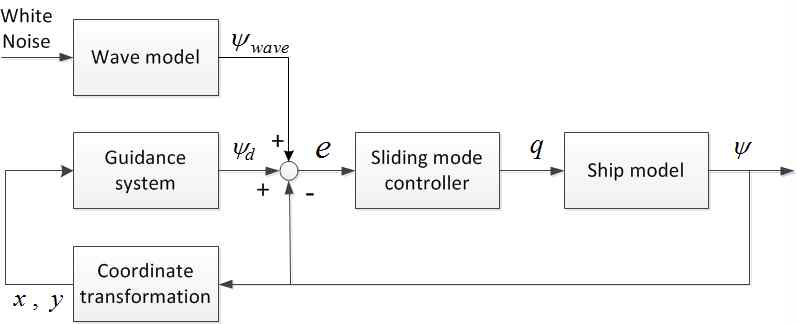

 PDF Links
PDF Links PubReader
PubReader Full text via DOI
Full text via DOI Download Citation
Download Citation Print
Print






